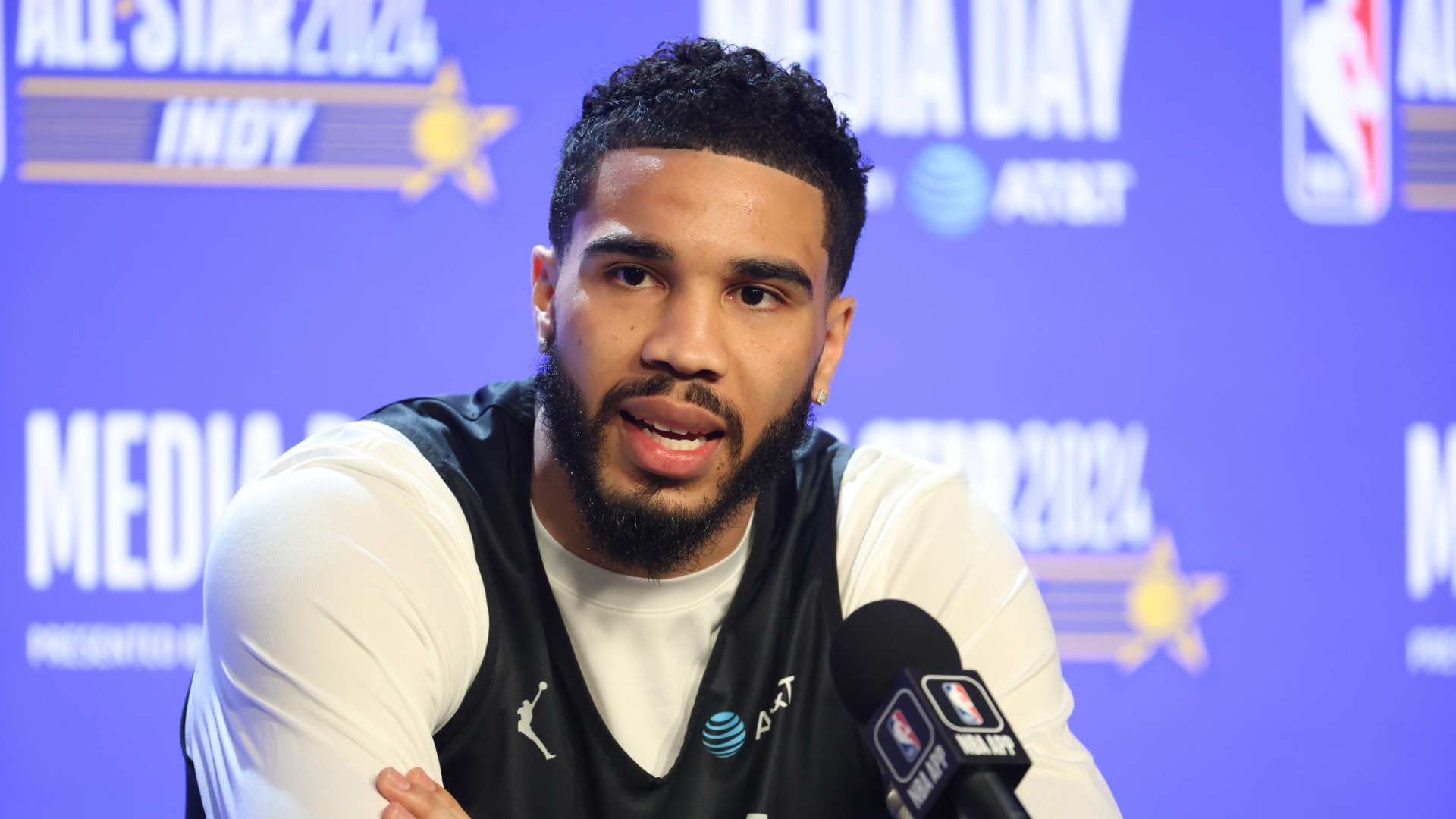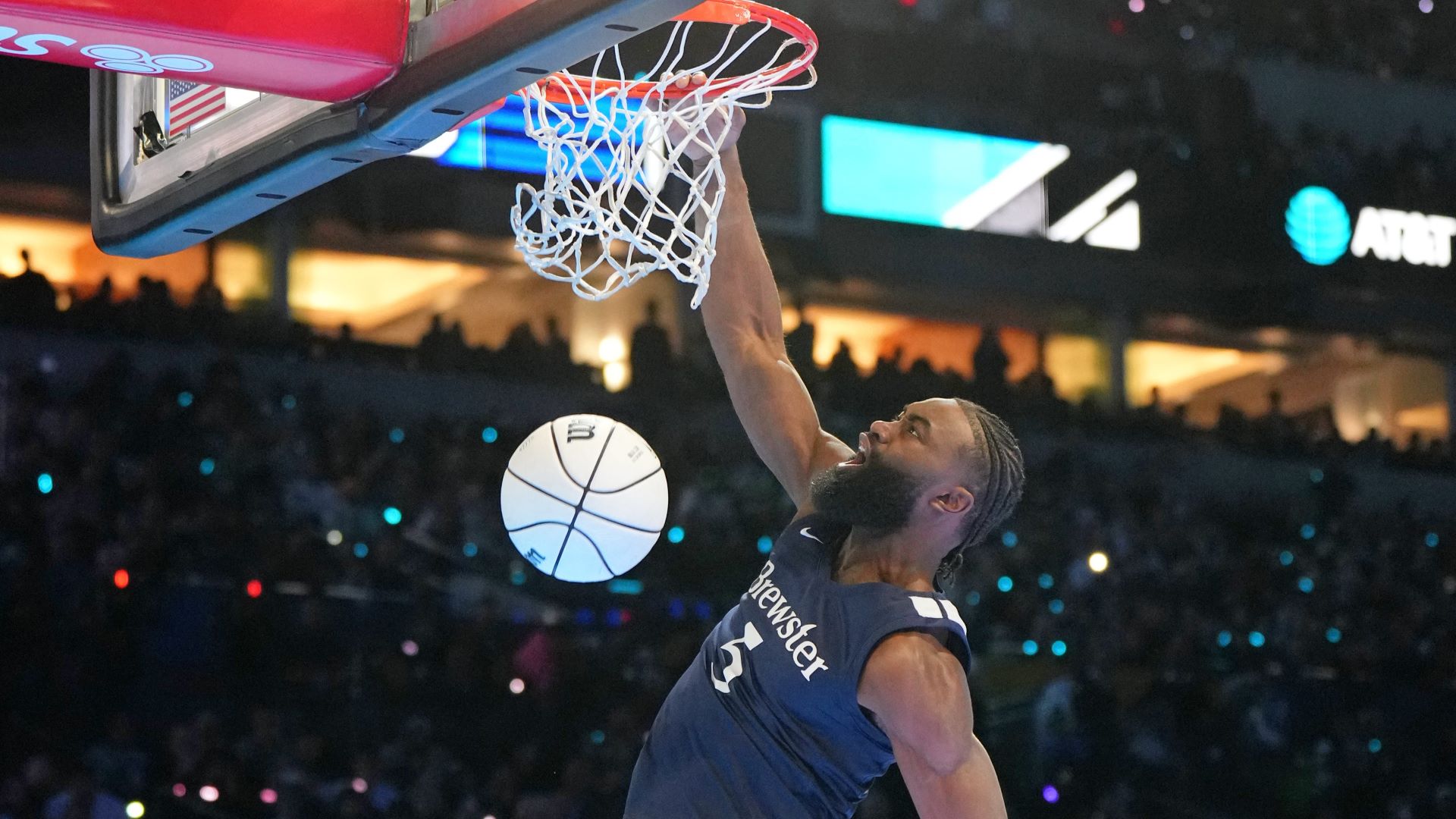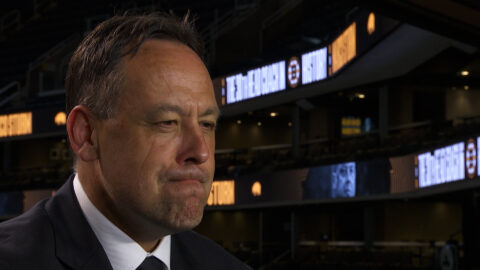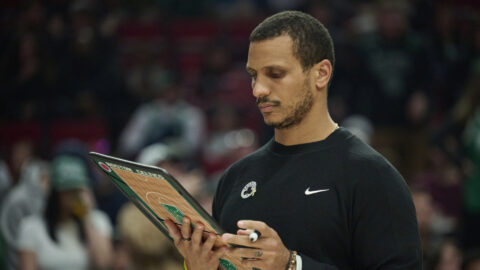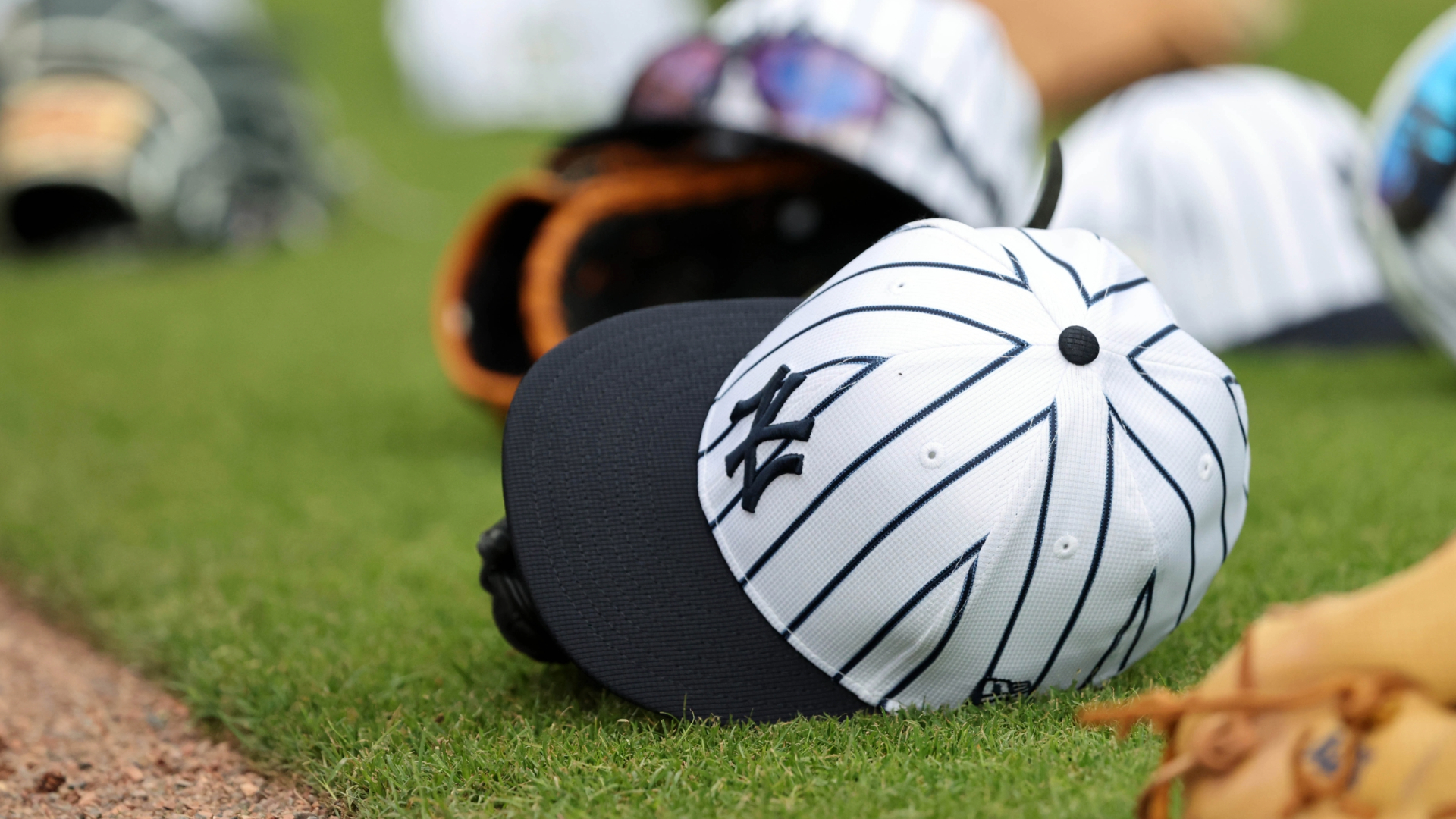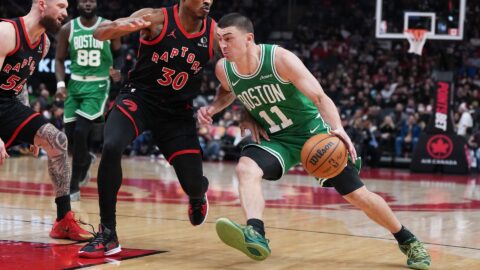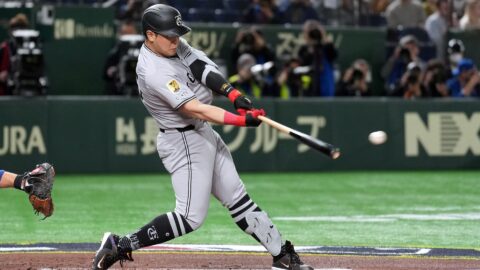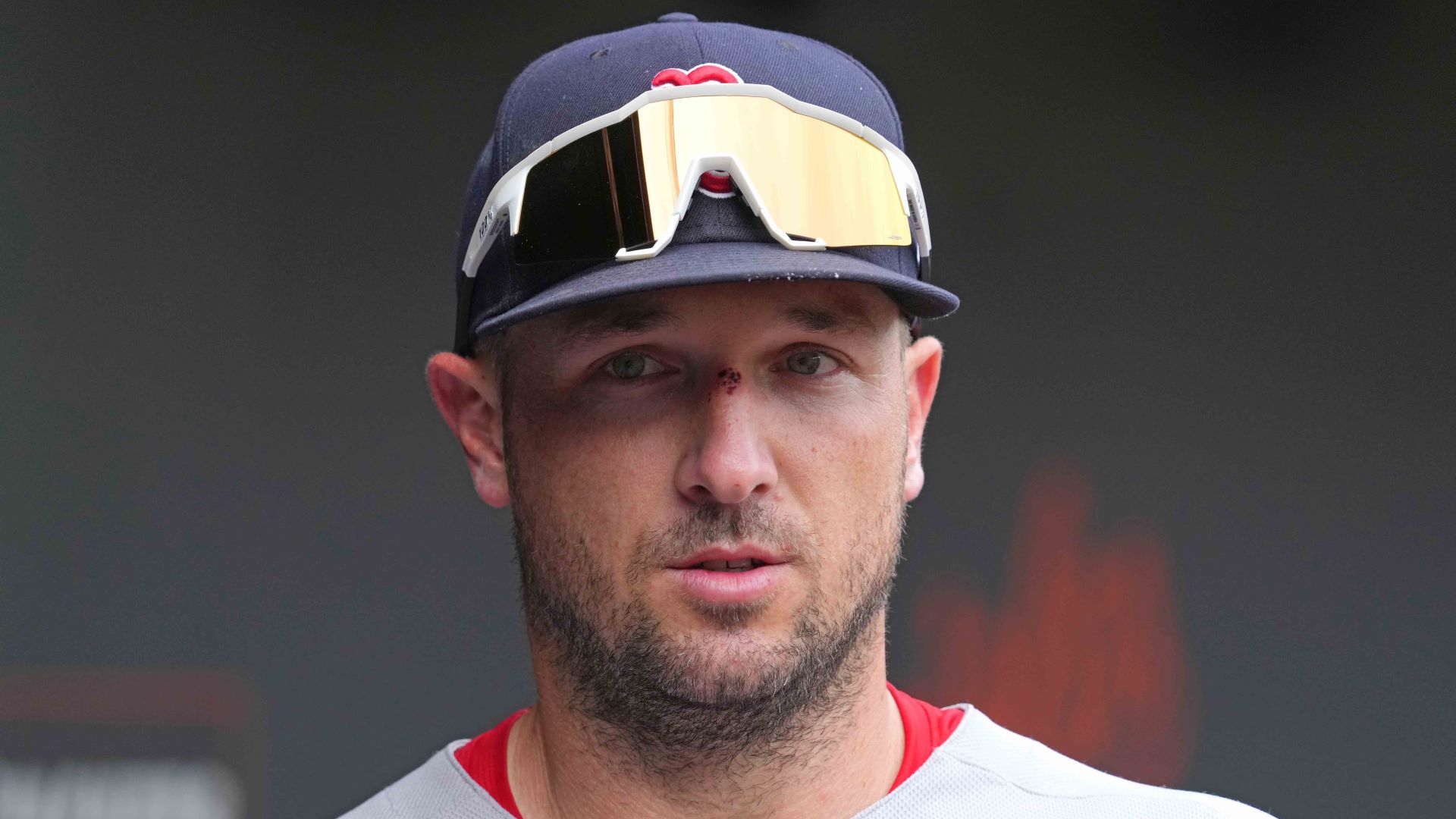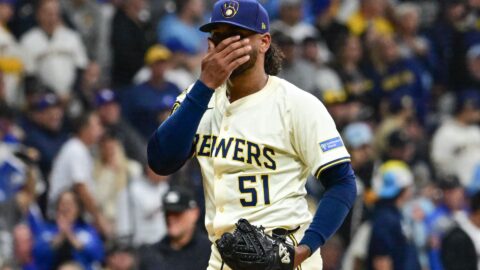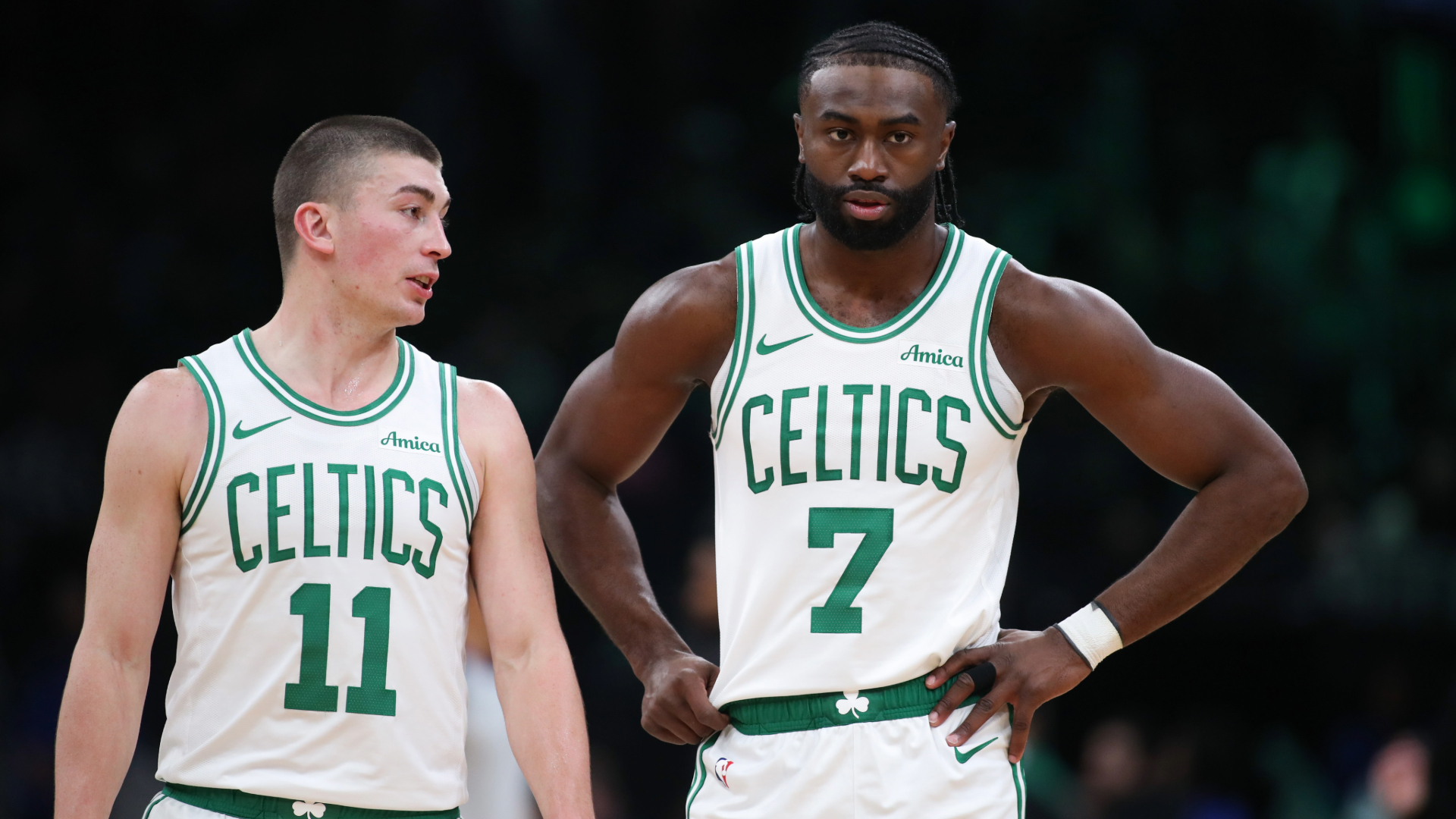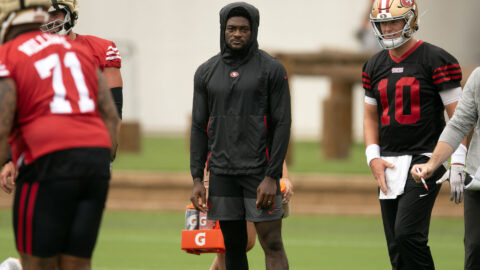The NBA has a daunting problem that came to life during Sunday night's 73rd annual All-Star Game, and fans tuning in paid the price.
Both the Eastern and Western Conferences combined for a star-studded, low-effort exhibition. Granted, the 211-186 East win resulted in a record-setting point total, however, when considering more hands were raised by courtside-seated attendants hollering for ushers than players for defensive contests, that adds a big, bold asterisk.
"And to the Eastern Conference All-Stars, you scored the most points," NBA commissioner Adam Silver said passively, per TNT. "Well ... congratulations."
It's clear Silver wasn't impressed by watching the league's brightest stars get four quarters of cardio in by jogging and layup-lining nearly 400 combined points of offense. We already knew the days of players challenging one another and using the All-Star Game as a dogfight showcase are far behind, but to stoop to an even lower level poses a big red flag. Is there a repair plan in place that could prevent a repeat next season?
Story continues below advertisement
After watching a pair of G-Leaguers, a rookie and one NBA All-Star -- for the first time since 2017 -- duel it out in the Slam Dunk Contest on Saturday night, the eventual dessert, the All-Star Game itself, turned out to be a mediocre appetizer. So bad, in fact, that the argument could be made that nobody should've received MVP since there were no true standouts plus the scoring figures resulted from a free open court from the opening tip to the final buzzer.
The main message sent was if you planned to watch a competitive five-on-five game during All-Star weekend, the celebrity exhibition was your only chance.
Story continues below advertisement
"It was cool, it was fine," Jaylen Brown, who scored 36 points for the East said postgame, per CLNS Media. "I think we were attempting to put a little bit more effort into it, but I'm not sure how successful that was. Hopefully, as the years go on it gets back to what the fans wanna see. I think maybe there was a little bit more effort this time, but I don't know."
Regardless of what the players think or feel, ultimately the fans decide whether or not the event was a success or a total dud.
In re-directing the discussion of proposing how the NBA could save the marquee event, the players and league failed miserably. And while Silver might want to fine nearly everyone who took the floor at Gainbridge Fieldhouse, that's not an option. So with that being said, here's a trio of solutions Silver could consider following yet another failed year:
Story continues below advertisement
1.) Offer the winning team a financial incentive
Before the season started, the big question surrounding Silver's newly-introduced In-Season Tournament was how players would respond.
Quickly, those concerns went out the window, and matchups that were deemed meaningless by fans in November in past seasons became playoff-like thrillers. Celtics head coach Joe Mazzulla turned an early-season game against the non-contending Bulls into a must-watch controversy by chasing Boston's required point differential to advance and by hacking Chicago center Andre Drummond to do so. In no reality would that exist without the implications implemented by the tournament itself.
So, why not entice players by offering them a bonus of some sort in All-Star matchup?
Story continues below advertisement
The league wants ratings, it wants players to treat the game like it has any sort of value, so what bigger way to provide value than dangling a few extra bucks to the winning squad? It's worked so might as well give it a shot, right?
MORE NBA
2.) Create a two-day All-Star tournament
This would, at the very least, do two things: Allow more players to play and add a more playoff-like feel by creating a final All-Star showdown between the two winning teams from Day 1.
Both rosters can be created just like they were this season, through fan and coaching votes, making an East and West team. Then, four coaching captains would draft out of the respective conference options voted as All-Stars, similar to what LeBron James and Giannis Antetokounmpo did last season.
Story continues below advertisement
From there, while also placing a financial reward for the winning team, the four teams will fight for a tournament win while the MVP receives the biggest form of financial compensation. If you can't ask for effort nicely, Silver and the NBA should try buying it.
Just like in any workplace, if there's no incentive, why go above and beyond?
3.) Raise the stakes by awarding winning conference home-court advantage in NBA Finals
Similarly to how MLB handled its All-Star Game until 2017, the NBA could award the winning conference an advantage come NBA Finals time.
Story continues below advertisement
Whichever team comes out on top would award its respective conference representative with a home-court advantage in the NBA Finals, which in recent years, has proven to be a major playoff factor. That inherently might not get players pumped, but it would encourage the scoring gap to be tightened up with there being an impactful incentive in place that'll be revisited down the line.
It'll at least give the representatives from contending teams such as Nikola Jokic, Jayson Tatum, Anthony Edwards and Donovan Mitchell, all something to consider when sleepwalking up and down the floor for four quarters.
Featured image via Kyle Terada/USA TODAY Sports Images
